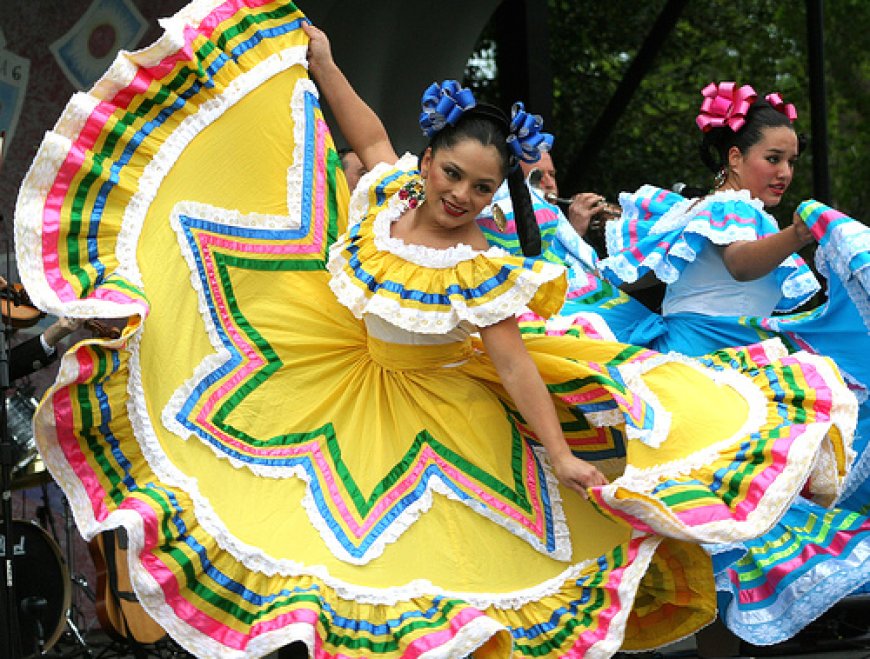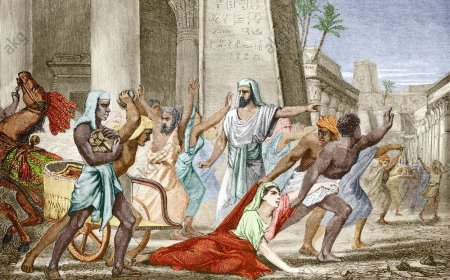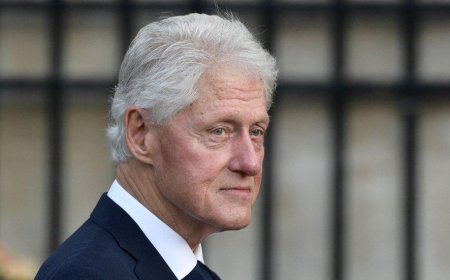Hispanic Heritage Month: A Celebration of History, Facts, Culture, and Contributions
Hispanic Heritage Month is a time to celebrate the culture and contributions of Hispanic Americans. Learn more about Hispanic history and culture, and support Hispanic-owned businesses.

Hispanic Heritage Month: A Celebration of History, Culture, and Contributions
National Hispanic Heritage Month is a time to celebrate the history, culture, and contributions of Hispanic Americans. It is observed from September 15 to October 15 every year. This year, the theme of Hispanic Heritage Month is “Esperanza: A Celebration of Hispanic Heritage and Hope.”
Introduction
National Hispanic Heritage Month is a time to celebrate the history, culture, and contributions of Hispanic Americans. It is observed from September 15 to October 15 every year. This year, the theme of Hispanic Heritage Month is “Esperanza: A Celebration of Hispanic Heritage and Hope.”
Hispanic Heritage Month History
Hispanic Heritage Month was first celebrated in 1968 as Hispanic Heritage Week. It was expanded to a month-long celebration in 1988. The dates for Hispanic Heritage Month were chosen to coincide with the independence days of several Latin American countries: Costa Rica, El Salvador, Guatemala, Honduras, and Nicaragua. Mexico and Chile celebrate their independence days on September 16 and September 18, respectively.
Hispanic Heritage Month Demographics
Hispanic Americans are the largest minority group in the United States. They make up 18.5% of the population, or about 62 million people. Hispanic Americans come from a variety of countries and cultures. The largest Hispanic groups in the United States are Mexican, Puerto Rican, Cuban, and Dominican.
Hispanic Heritage Month Contributions
Hispanic Americans have made significant contributions to the United States in a variety of fields, including business, government, education, the arts, and sports. Here are just a few examples:
- Business: Hispanic Americans own more than 4.2 million businesses in the United States, which contribute $700 billion to the economy each year. Some of the most successful Hispanic-owned businesses include Telemundo, Univision, and Goya Foods.
- Government: Hispanic Americans have served in the United States Congress since 1822, and they have held cabinet positions in every presidential administration since Jimmy Carter. Some of the most notable Hispanic politicians include Henry Cisneros, Julián Castro, and Sonia Sotomayor.
- Education: Hispanic Americans are the fastest-growing group of college students in the United States. In 2019, more than 3.4 million Hispanic students were enrolled in college. Some of the most successful Hispanic college graduates include Sonia Sotomayor, Marco Rubio, and Edward James Olmos.
- Arts: Hispanic Americans have made significant contributions to the arts in the United States. Some of the most famous Hispanic artists include Frida Kahlo, Diego Rivera, and José Clemente Orozco. Hispanic Americans have also made significant contributions to music, literature, and film.
- Sports: Hispanic Americans have excelled in a variety of sports, including baseball, basketball, football, and boxing. Some of the most famous Hispanic athletes include Roberto Clemente, Nolan Ryan, Emmitt Smith, and Oscar De La Hoya.
Hispanic Heritage Month Celebrations
There are many ways to celebrate Hispanic Heritage Month. Here are a few ideas:
- Learn about the history and culture of Hispanic Americans. There are many resources available to help you learn more about Hispanic history and culture. You can visit museums, libraries, and websites. You can also talk to Hispanic friends and family members.
- Attend a Hispanic Heritage Month event in your community. There are many events held throughout the month of September to celebrate Hispanic Heritage Month. These events can include festivals, concerts, and educational programs.
- Support Hispanic-owned businesses. Hispanic-owned businesses are an important part of the economy. When you shop at Hispanic-owned businesses, you are supporting the Hispanic community.
- Read books and watch movies by Hispanic authors and filmmakers. There are many great books and movies by Hispanic authors and filmmakers. By reading and watching these works, you can learn more about Hispanic culture and perspectives.
- Listen to Hispanic music. Hispanic music is a rich and diverse tradition. There are many different genres of Hispanic music, including mariachi, salsa, and cumbia.
- Cook Hispanic food. Hispanic food is delicious and healthy. There are many different types of Hispanic food, so you are sure to find something you like.
- Learn Spanish. Learning Spanish is a great way to connect with Hispanic culture. There are many resources available to help you learn Spanish. You can take classes, use online resources, or find a Spanish-speaking friend or family member to practice with.
- Talk to your friends and family about Hispanic Heritage Month. Hispanic Heritage Month is a great opportunity to learn more about Hispanic culture and history. By talking to your friends and family about Hispanic Heritage Month, you can help to raise awareness of the contributions of Hispanic Americans.
Hispanice Heritage Month Facts:
There are many facts about Hispanic Heritage Month that you may not know. Here are a few:
- Hispanic Heritage Month was first celebrated in 1968 as Hispanic Heritage Week. It was expanded to a month-long celebration in 1988.
- The dates for Hispanic Heritage Month were chosen to coincide with the independence days of several Latin American countries: Costa Rica, El Salvador, Guatemala, Honduras, and Nicaragua. Mexico and Chile celebrate their independence days on September 16 and September 18, respectively.
- Hispanic Americans are the largest minority group in the United States. They make up 18.5% of the population, or about 62 million people.
- Hispanic Americans come from a variety of countries and cultures. The largest Hispanic groups in the United States are Mexican, Puerto Rican, Cuban, and Dominican.
- Hispanic Americans have made significant contributions to the United States in a variety of fields, including business, government, education, the arts, and sports.
Hispanic Heritage Month is a time to celebrate the rich history and culture of Hispanic Americans. It is also a time to reflect on the challenges that Hispanic Americans have faced and the progress that they have made. Hispanic Americans are an important part of the fabric of the United States, and their contributions are essential to the country's success.
Conclusion
Hispanic Heritage Month is a time to celebrate the rich history and culture of Hispanic Americans. It is also a time to reflect on the challenges that Hispanic Americans have faced and the progress that they have made. Hispanic Americans are an important part of the fabric of the United States, and their contributions are essential to the country's success. By celebrating Hispanic Heritage Month, you can help to raise awareness of the contributions of Hispanic Americans and promote understanding and appreciation of their culture.
What's Your Reaction?





















































